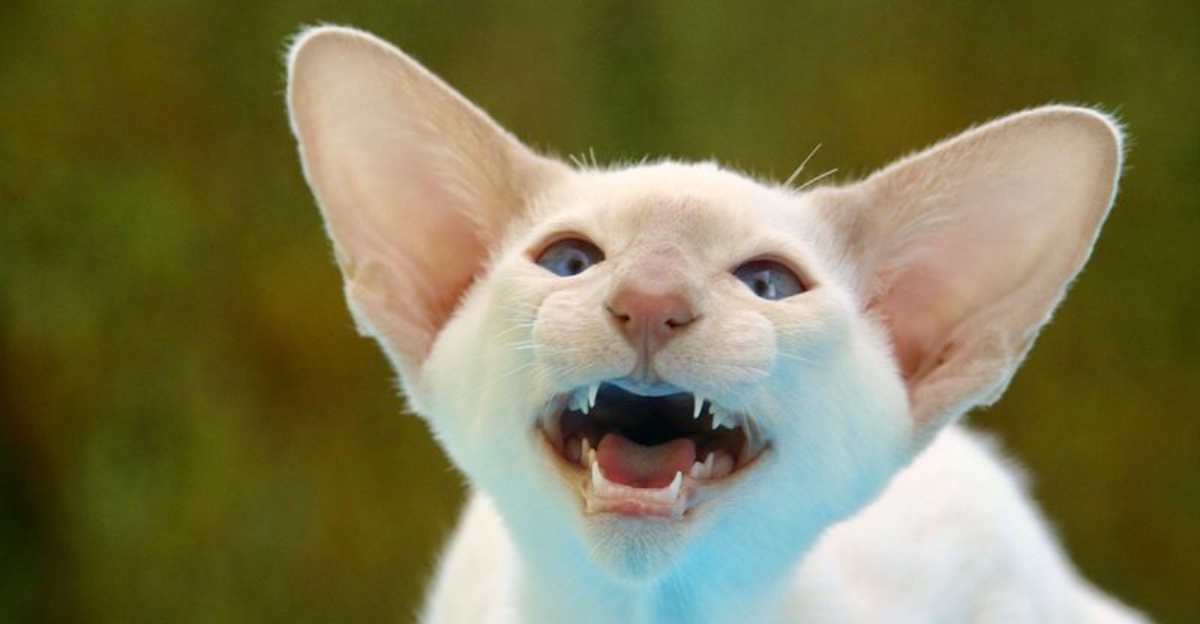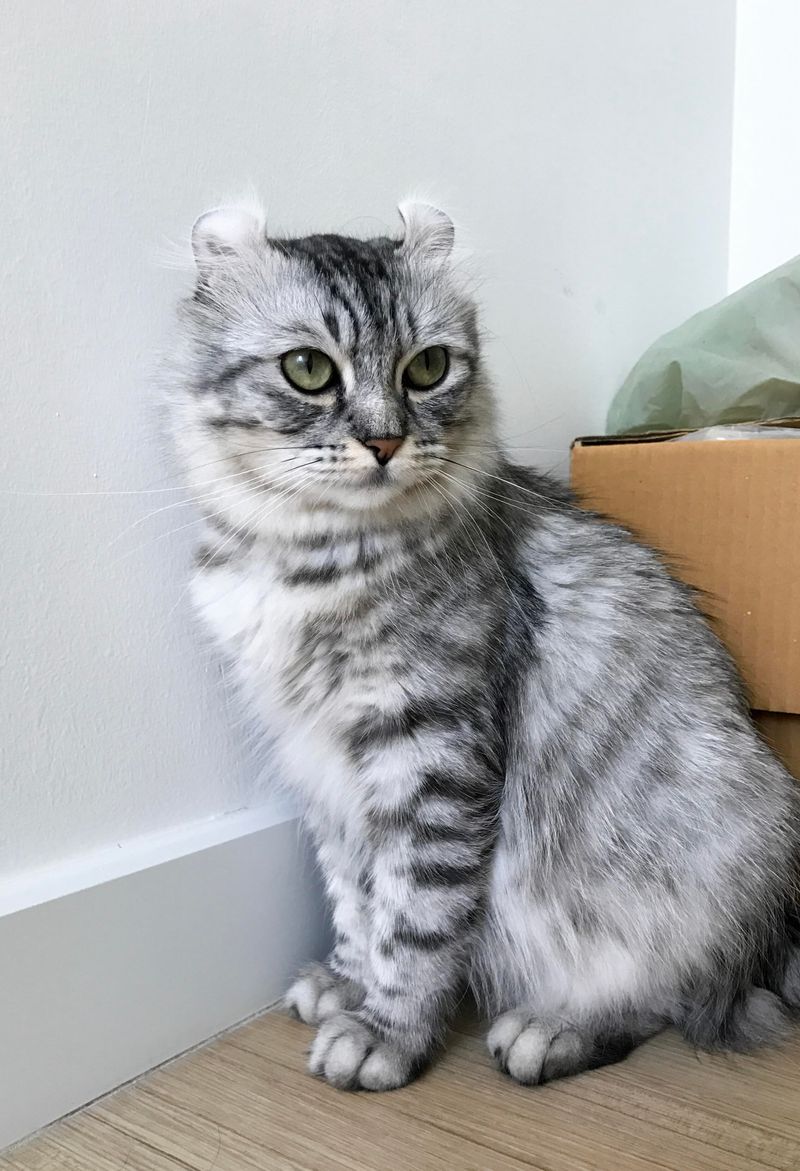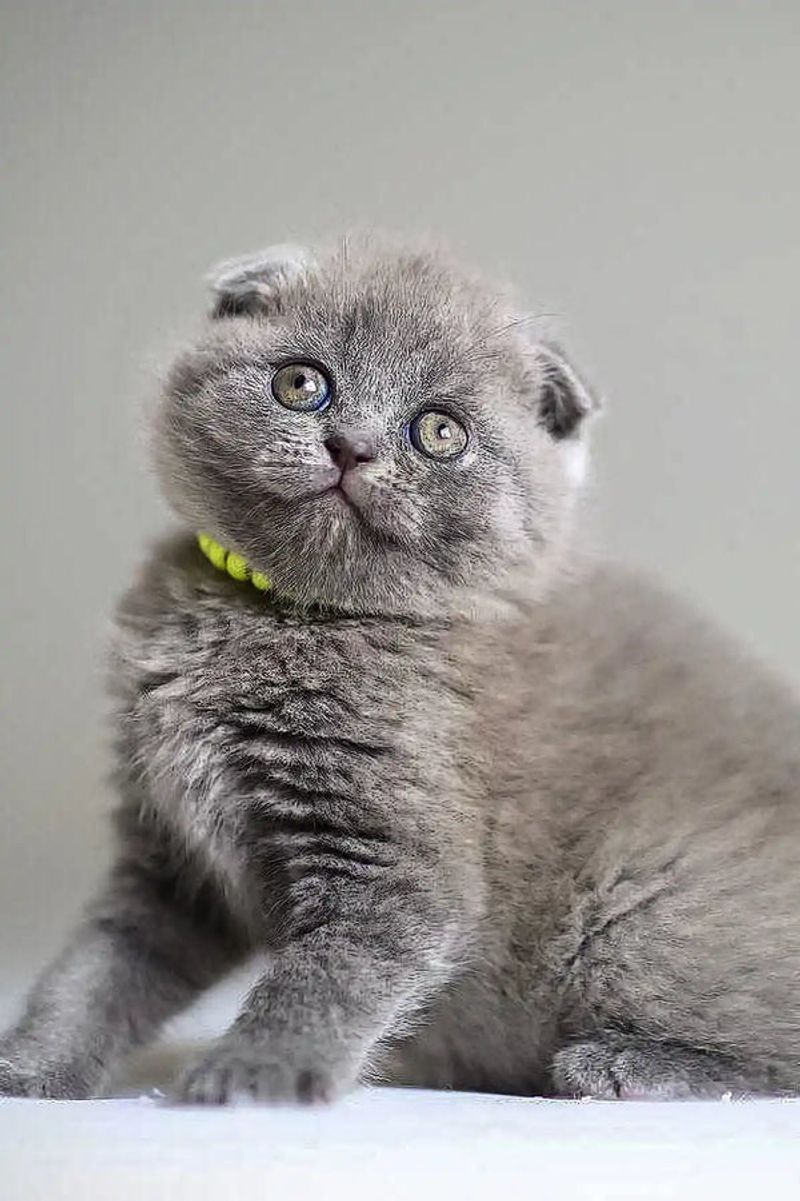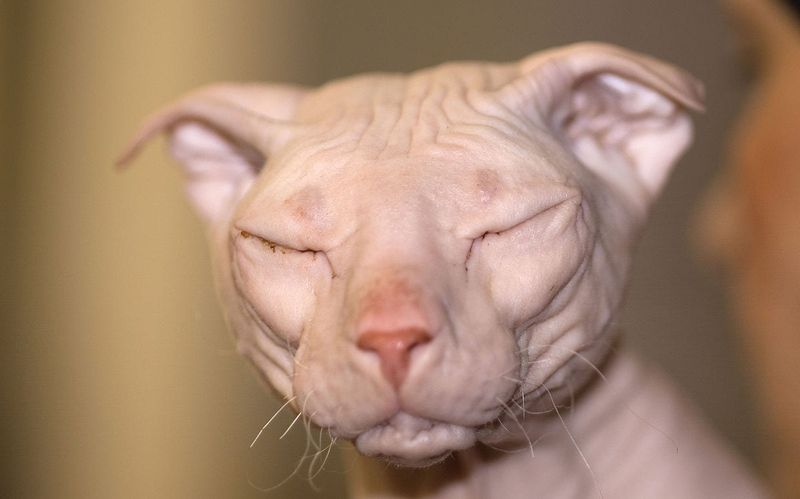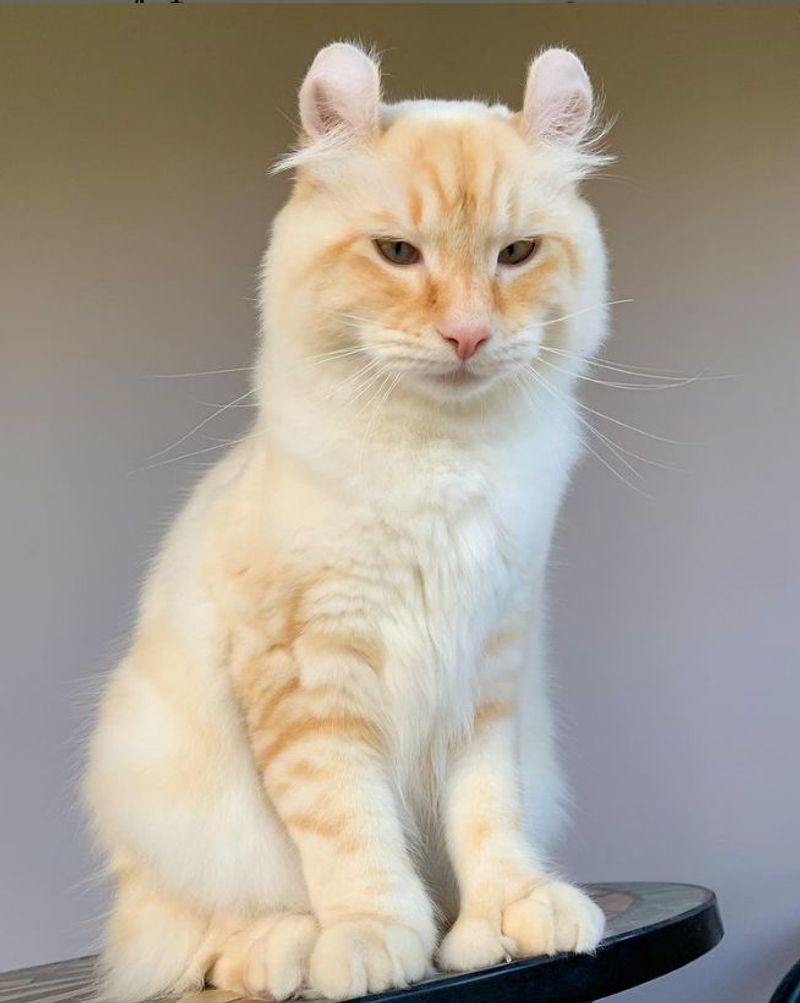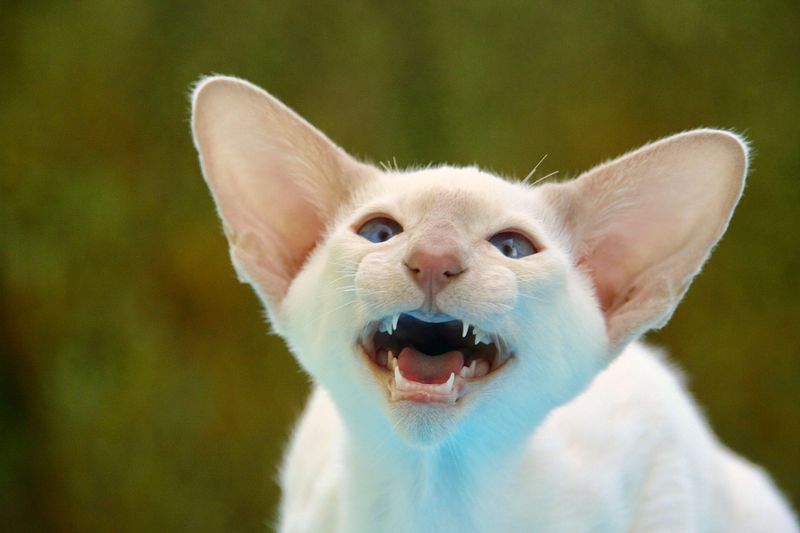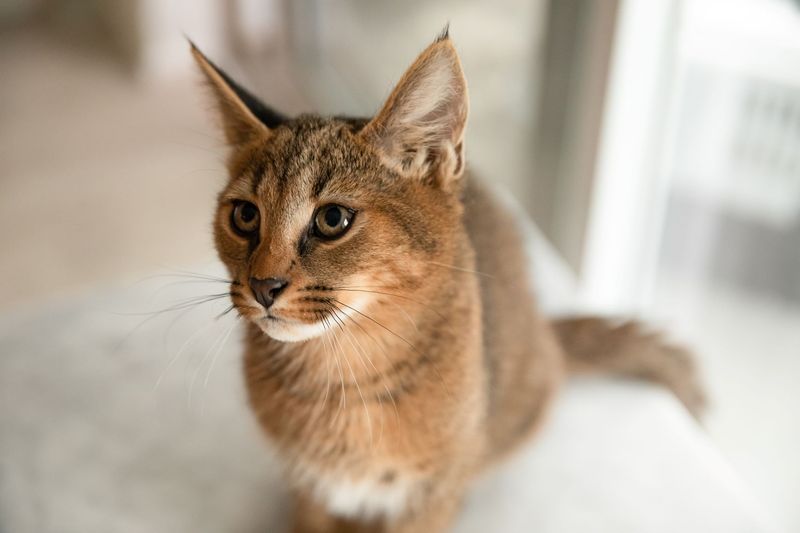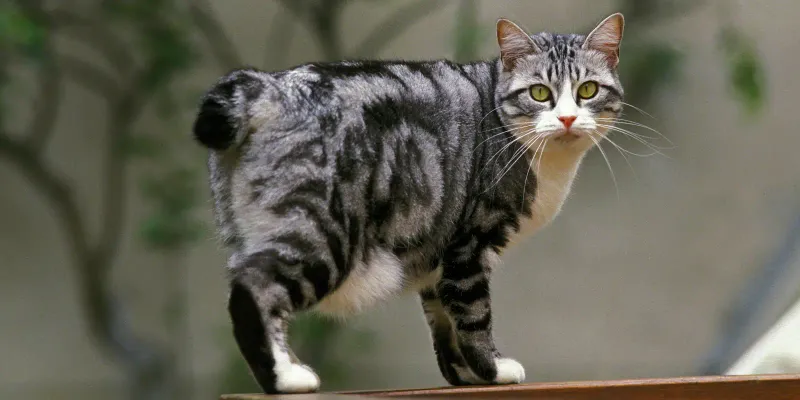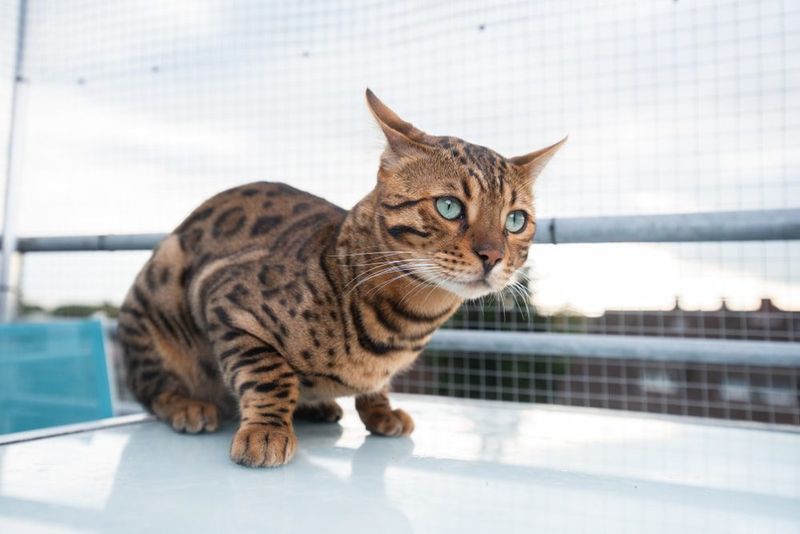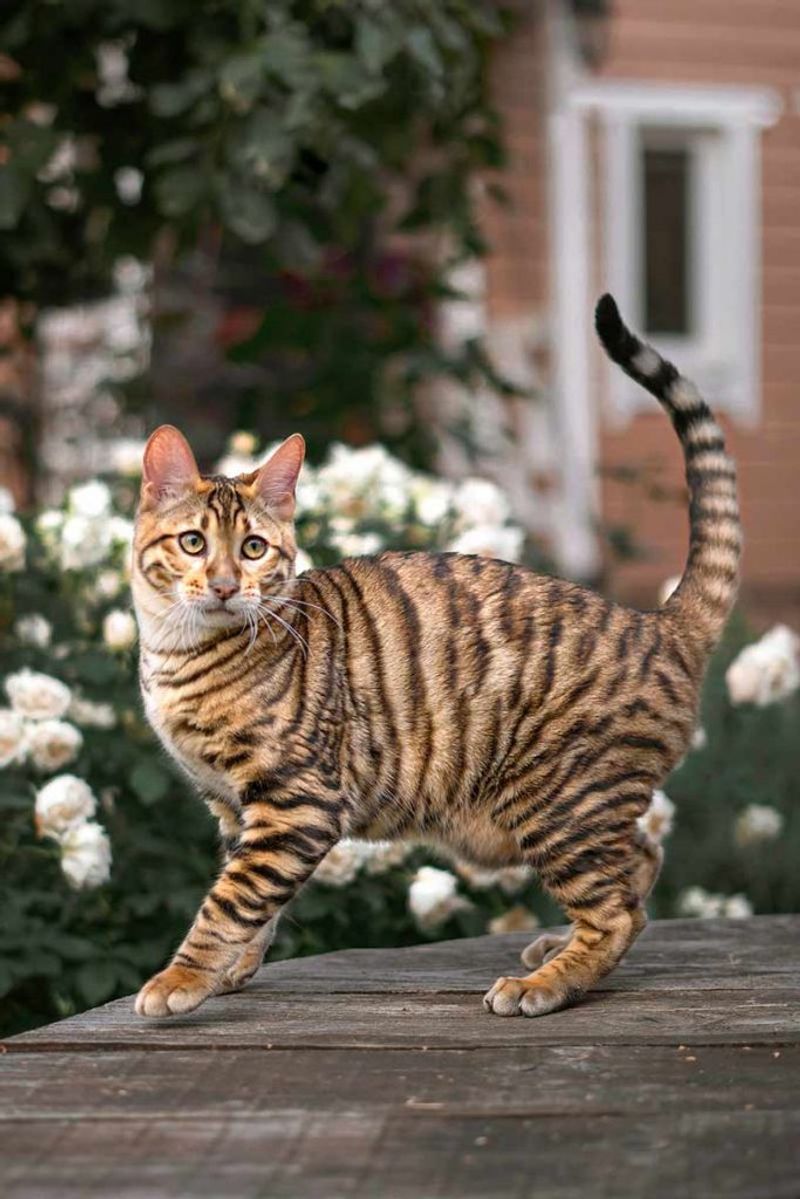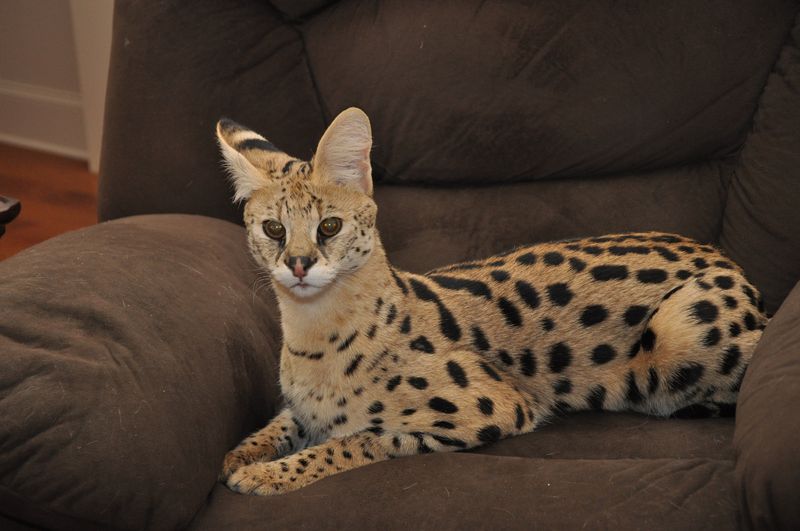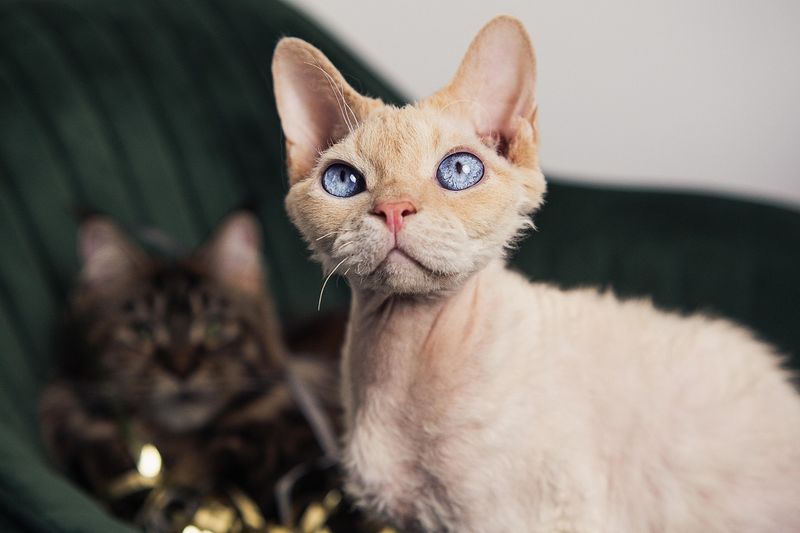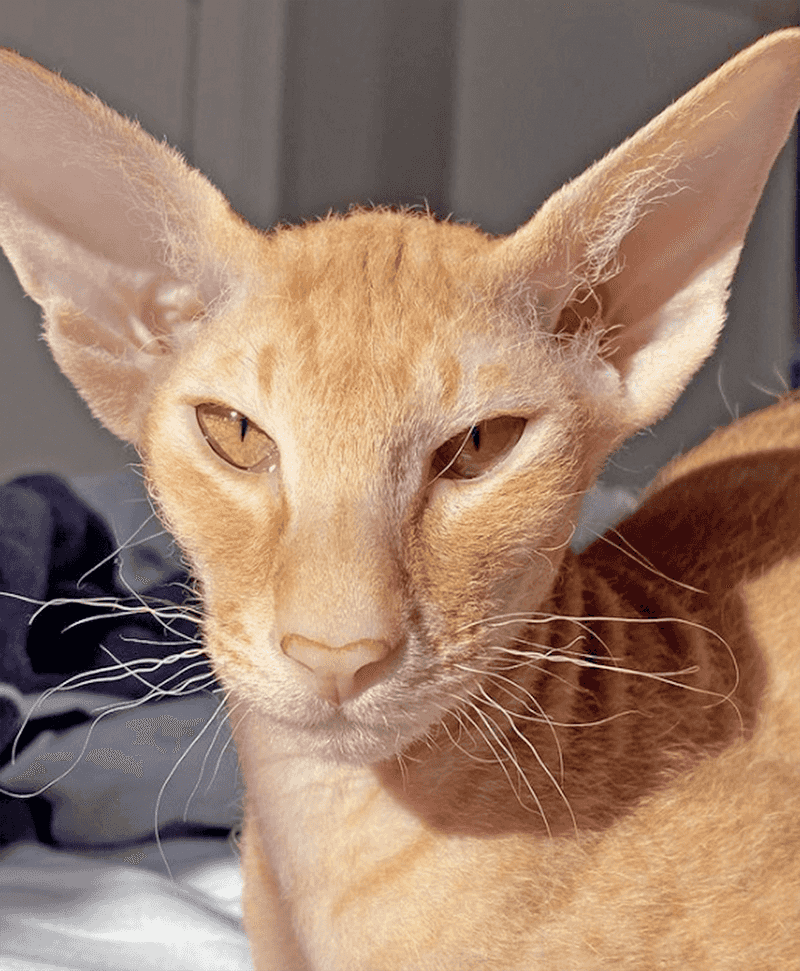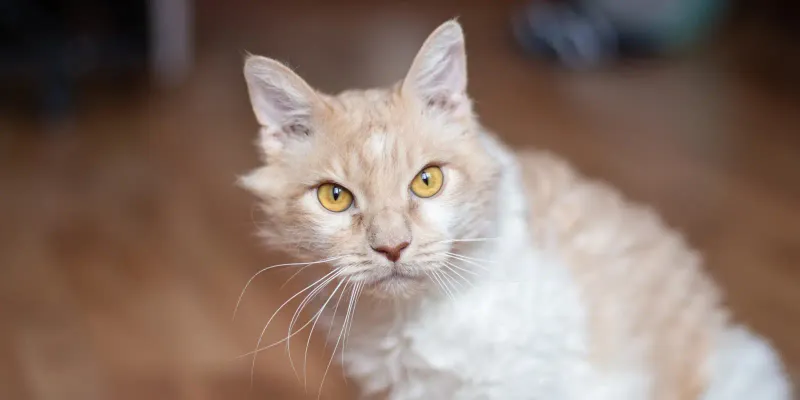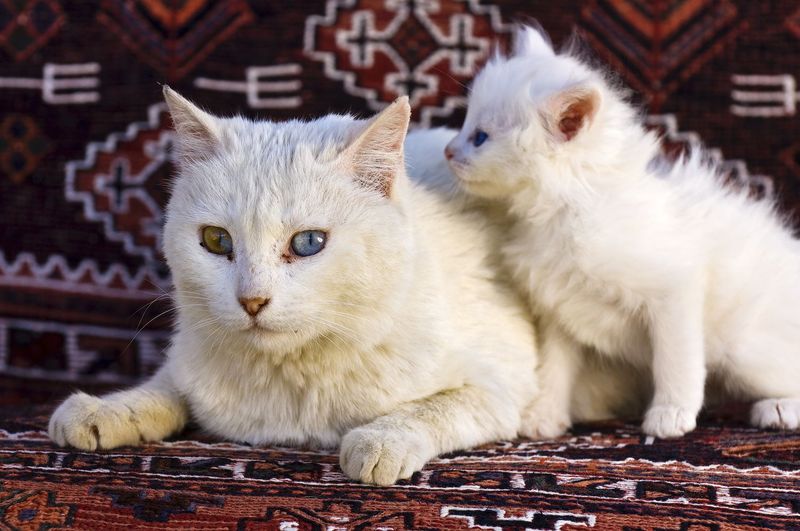📖 Table of Content:
Some cats capture attention not just with their personalities, but with the striking details of their appearance. Unique ear shapes, rare coat patterns, and unusual facial features set certain breeds apart from the rest. These traits often reflect fascinating genetic quirks and centuries of selective breeding.
From curled or folded ears to coats that shimmer in the light, feline diversity offers endless visual intrigue. Some breeds carry an almost mythical elegance, while others delight with unexpected and whimsical looks. These physical distinctions make them standouts in the world of cats.
Such features don’t just add to their charm—they often hint at rich histories and distinctive temperaments. Whether subtly exotic or boldly unusual, these cats are living proof of nature’s creative flair. Each one is a reminder that beauty can take many surprising forms.
1. American Curl
The American Curl’s signature backward-curling ears make this breed instantly recognizable. These cats are born with straight ears that gradually curl backward within the first 48 hours after birth, reaching their final shape at around four months old.
American Curls are known for their playful personalities that last well into adulthood. Many owners describe them as being perpetual kittens at heart.
Despite their unusual ears, these cats have no related health issues. The unique ear shape is caused by a dominant gene that affects the cartilage, giving these felines their distinctive look without causing discomfort.
2. Scottish Fold
Famous for their folded-forward ears that give them an owl-like appearance, Scottish Folds capture hearts worldwide. This adorable feature comes from a natural genetic mutation that affects the cartilage throughout their bodies.
These sweet-natured cats adapt easily to various environments and get along well with children and other pets. They’re moderately active but not overly demanding of attention or exercise.
Not all Scottish Fold kittens develop folded ears – some have normal straight ears called ‘straights.’ The fold usually appears around 3-4 weeks of age, with the degree of folding varying from cat to cat.
3. Ukrainian Levkoy
Combining the folded ears of the Scottish Fold with the hairlessness of the Sphynx, the Ukrainian Levkoy is a striking breed developed in Ukraine. Their ears fold forward and downward, complementing their angular, dog-like faces.
Social and intelligent, these cats form strong bonds with their humans and enjoy being involved in daily activities. They’ll follow you around the house and even try to help with tasks.
Due to their lack of fur, Levkoys need protection from direct sunlight and cold temperatures. Their skin requires regular cleaning to remove oils that would normally be absorbed by fur in other breeds.
4. Highland Lynx
With curled ear tips and tufts that resemble those of a wildcat, Highland Lynx cats have a striking appearance. They’re also known for having polydactyl feet—extra toes that create a distinctive mitten-like shape.
Active and athletic, Highland Lynx cats need plenty of playtime and climbing opportunities. Their muscular bodies are built for jumping and exploring, making cat trees a must-have in households with these energetic felines.
A relatively new breed, the Highland Lynx resulted from crossing Desert Lynx cats with Jungle Curls. They’re known for their bobbed tails or completely tailless appearance, adding to their wild, lynx-like look.
5. Oriental
Orientals have extraordinarily large ears that stand tall and wide on their triangular heads. These oversized ears aren’t just for show—they provide excellent hearing capabilities that help these cats stay alert to their surroundings.
Vocal and opinionated, Orientals will chat with their owners through a variety of sounds. They’re not shy about expressing their needs or commenting on household activities with their distinctive meows.
Closely related to Siamese cats, Orientals share the same body type and personality but come in over 300 color and pattern combinations. Their sleek bodies and large ears create an elegant, exotic appearance that cat lovers find irresistible.
6. Caracat
Inherited from the caracal, the Caracat’s prominent ears—tall, pointed, and tipped with black tufts—give the hybrid a unique and fiercely elegant look.
As hybrid cats with wild ancestry, Caracats maintain strong hunting instincts and athletic abilities. They can jump remarkably high and need substantial space to express their natural behaviors.
Only experienced cat owners should consider Caracats, as they require specialized care and understanding. Their diet needs careful attention, and they benefit from larger living spaces than typical domestic cats. Despite their wild heritage, properly socialized Caracats can form strong bonds with their human families.
7. Japanese Bobtail
The wide-set, upright ears of the Japanese Bobtail contribute to their alert demeanor. Paired with high cheekbones and expressive eyes, these traits give the breed a uniquely Asian aesthetic tied to their cultural roots.
Considered lucky in Japan, these cats have appeared in Japanese art and literature for centuries. Their bobbed tails resemble pompoms and result from a natural genetic mutation.
Highly intelligent and active, Japanese Bobtails enjoy learning tricks and playing fetch. They’re known for their chirping sounds rather than traditional meows, and many enjoy water play, unlike most domestic cats. Their unique ear placement contributes to their exceptional balance and agility.
1. Bengal
Resembling the Asian leopard cat, Bengal cats display beautifully patterned coats—either spotted or marbled. Their dense, velvety fur often sparkles with a glittery finish that enhances their exotic appeal.
Athletic and energetic, Bengals need plenty of vertical space and interactive play. Many Bengals enjoy water and may join their owners in the shower or play in sinks and bathtubs.
The unique coat patterns of Bengals come in various colors, including brown, silver, and snow. Their rosettes (spots) can be single-colored or have a darker outline with a lighter center, creating a dramatic contrast that highlights their wild appearance.
2. Toyger
Toygers display dramatic tiger-like stripes on a bright orange background, carefully bred to mimic the pattern of wild tigers. Their coat features dark, well-defined vertical stripes that break into shorter patterns along their sides, creating a stunning visual impact.
Unlike their wild counterparts, Toygers are friendly, outgoing cats that make excellent family pets. They’re intelligent and trainable, often learning to walk on leashes and play fetch.
Developed in the 1980s by breeder Judy Sugden, Toygers are still a relatively rare breed. Their name combines ‘toy’ and ‘tiger,’ reflecting their status as miniature versions of tigers. The breeding program continues to refine their appearance to more closely resemble wild tigers.
3. Savannah
Reflecting their serval origins, Savannahs have coats marked with bold, dark spots that stand out against golden, silver, or black fur. Their lithe bodies and long limbs enhance their exotic, jungle-cat allure.
First-generation Savannahs (F1s) can grow remarkably large, sometimes reaching 20 pounds or more. Later generations tend to be smaller but still larger than average domestic cats.
Loyal and dog-like, Savannahs often follow their owners around and can be trained to walk on leashes. They’re known for their impressive jumping abilities, easily reaching heights of 8 feet or more from a standing position. Their distinctive coat requires minimal grooming but attracts plenty of attention.
4. Devon Rex
With coats of gentle waves and loose curls, Devon Rex cats have fur often likened to lambswool or crushed velvet. This textured coat gives them a slightly unkempt yet utterly lovable look and feel.
The unique coat results from a genetic mutation affecting hair development. Devon Rex cats have all three types of hair (guard, awn, and down), but they’re short and curly rather than straight, giving them their distinctive look.
Beyond their unusual coats, these cats are known for their large ears, slender bodies, and mischievous personalities. They’re highly active and playful throughout their lives, often described as a cross between a cat, a dog, and a monkey due to their climbing abilities and social nature.
5. Peterbald
Ranging from bald to a delicate velour fuzz, Peterbalds exhibit diverse coat types. Without a full coat to absorb natural oils, their skin often has a slightly sticky or tacky feel.
Born in Russia in the 1990s, Peterbalds resulted from crossing Oriental Shorthairs with Don Sphynx cats. They inherited the elegant body structure of Orientals with the hairlessness gene from the Sphynx.
Fascinatingly, a Peterbald kitten’s coat can change throughout its life. Some kittens born with hair gradually lose it as they mature, while others maintain their coat. Their skin can display all the colors and patterns found in furred cats, including tabby, tortoiseshell, and colorpoint.
6. LaPerm
LaPerms feature curly, springy coats that form loose ringlets all over their bodies, including their whiskers. The unique texture resembles a perm hairstyle, which inspired the breed’s name.
Born from a spontaneous genetic mutation on an Oregon farm in 1982, the founding LaPerm cat was born completely bald. She later developed the distinctive curly coat that defines the breed today.
Unlike some curly-coated breeds, LaPerms shed less and are considered more allergy-friendly. Their coats can range from tight curls to waves and come in all colors and patterns. Each cat has a unique curl pattern, making every LaPerm one-of-a-kind. The bouncy texture of their fur makes these cats especially fun to pet.
7. Turkish Van
Turkish Vans display a striking coat pattern called “van” – primarily white with colored markings on the head and tail. This distinctive pattern is sometimes called “the swimming cat” pattern because it looks like the cat is wearing a bathing cap and tail decoration.
Native to the Lake Van region of Turkey, these cats naturally love water and are excellent swimmers. Their water-resistant semi-longhaired coats help them stay dry even after swimming.
The breed developed naturally over thousands of years in an isolated region, making it one of the oldest natural cat breeds. Their silky coats lack an undercoat, which means less shedding and easier grooming despite the medium to long hair length. The contrasting colors on the white background make them truly eye-catching.
